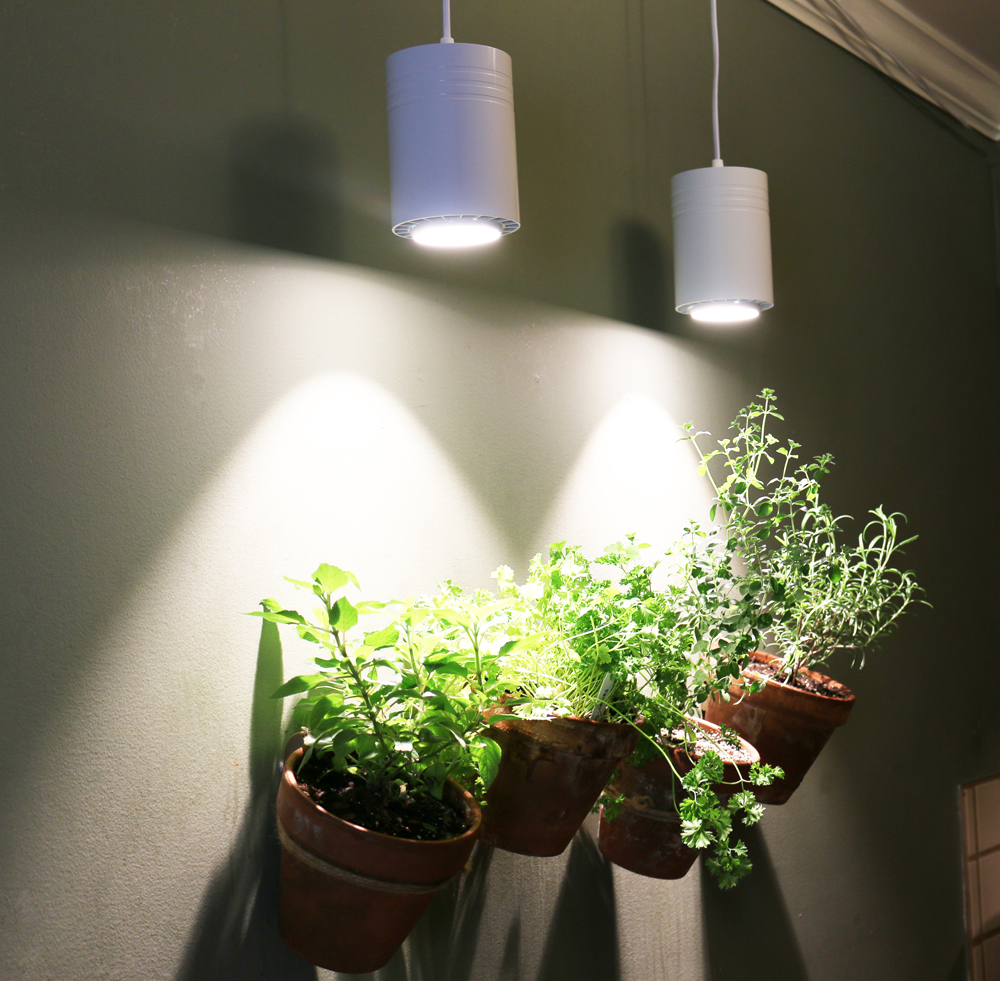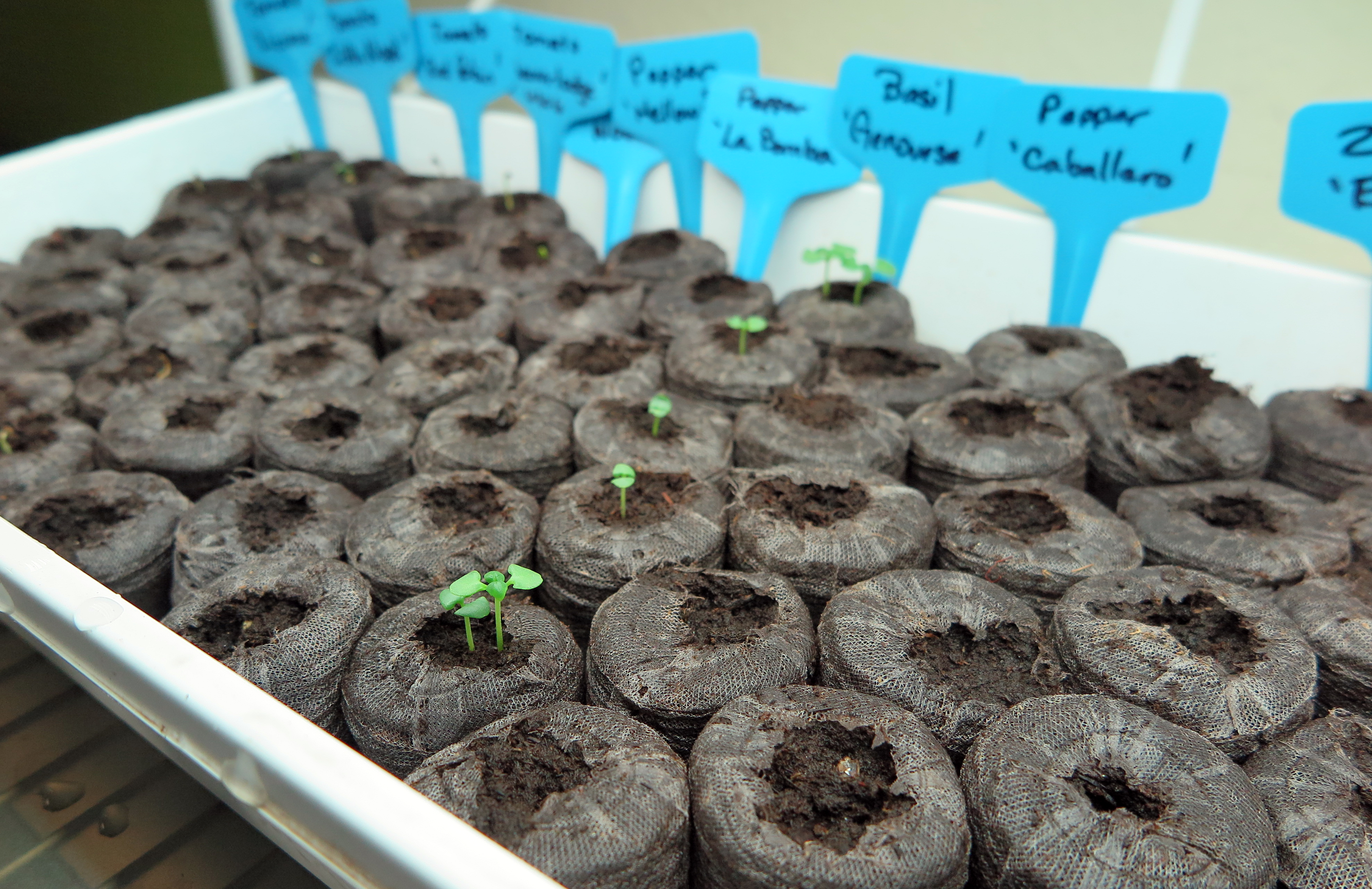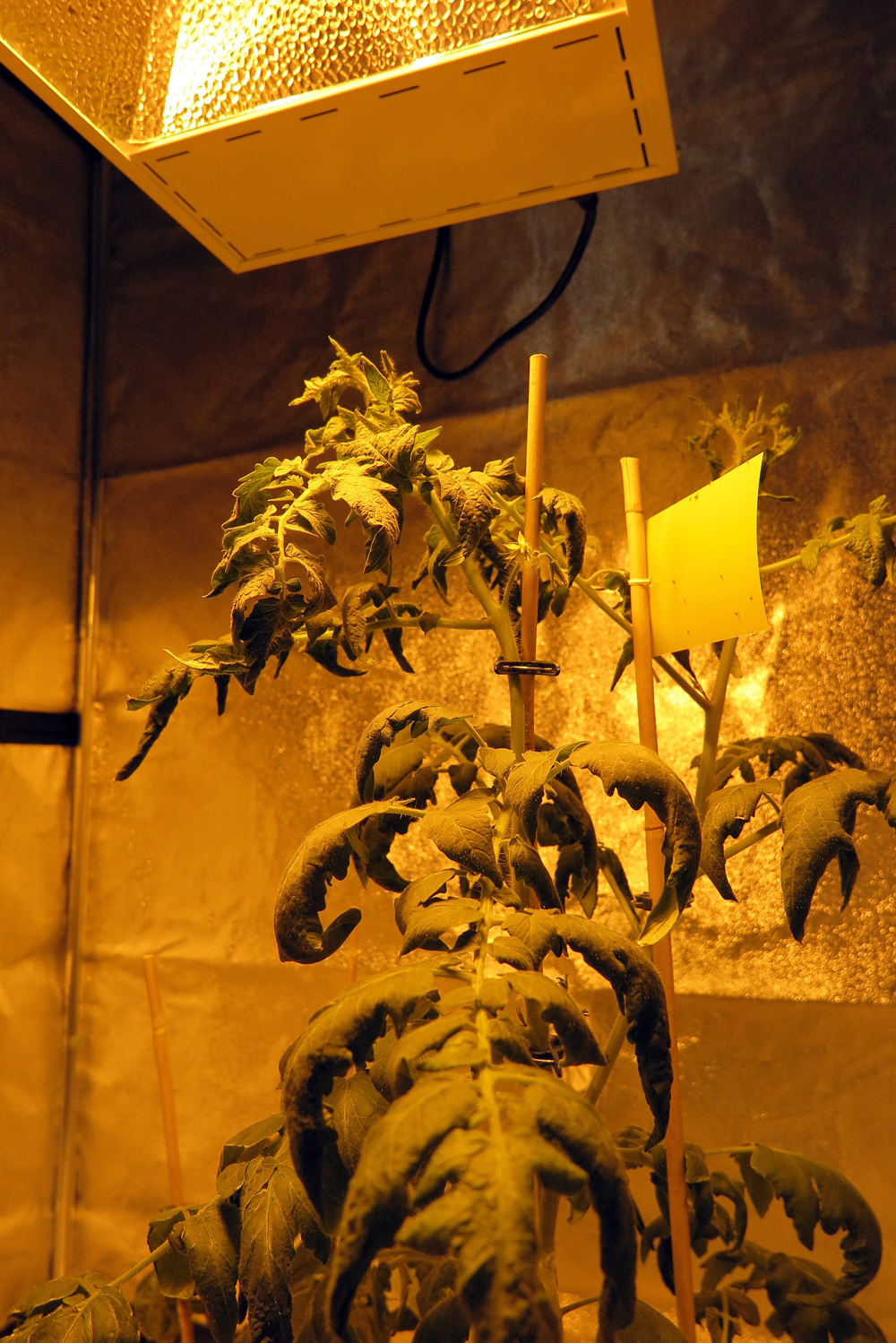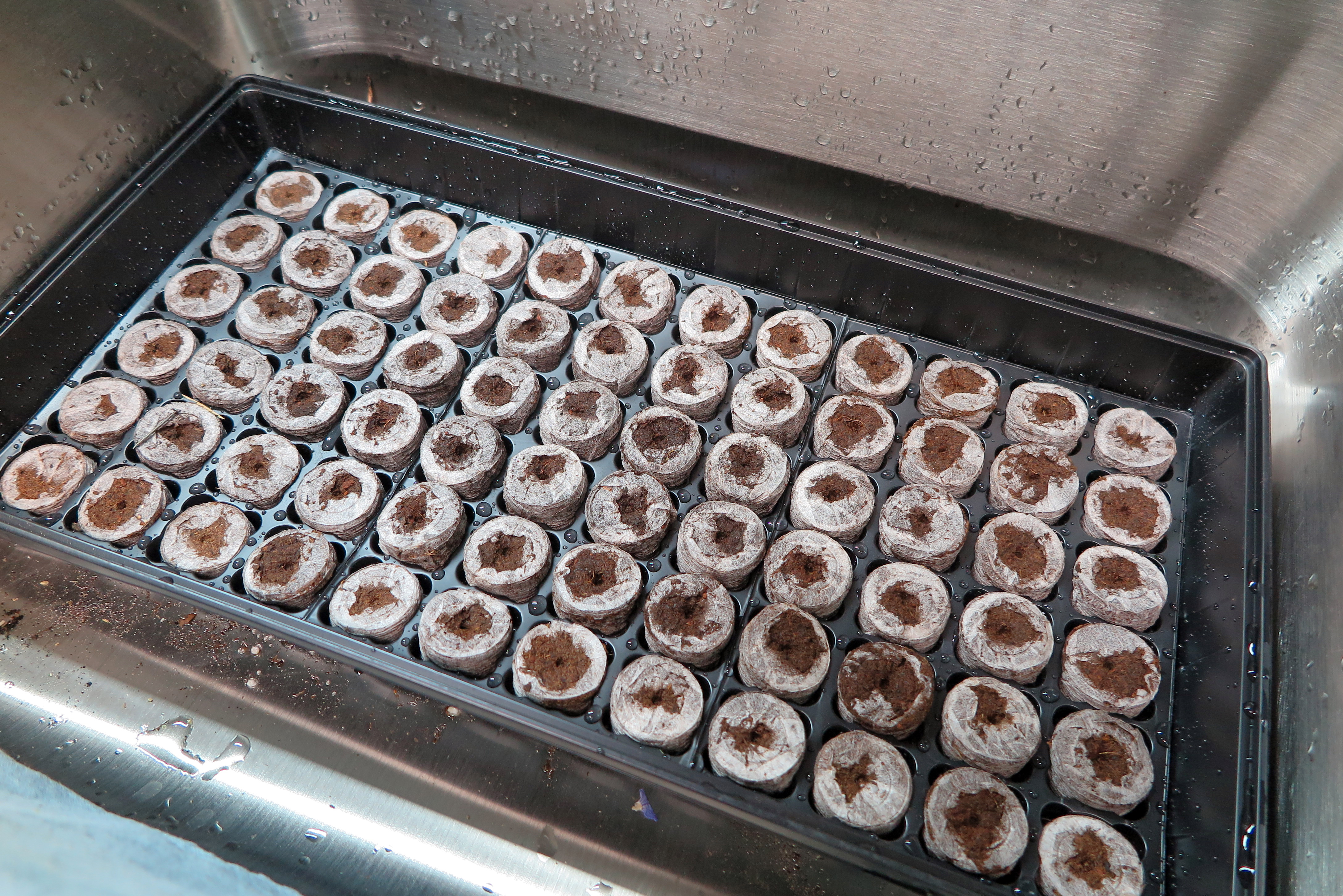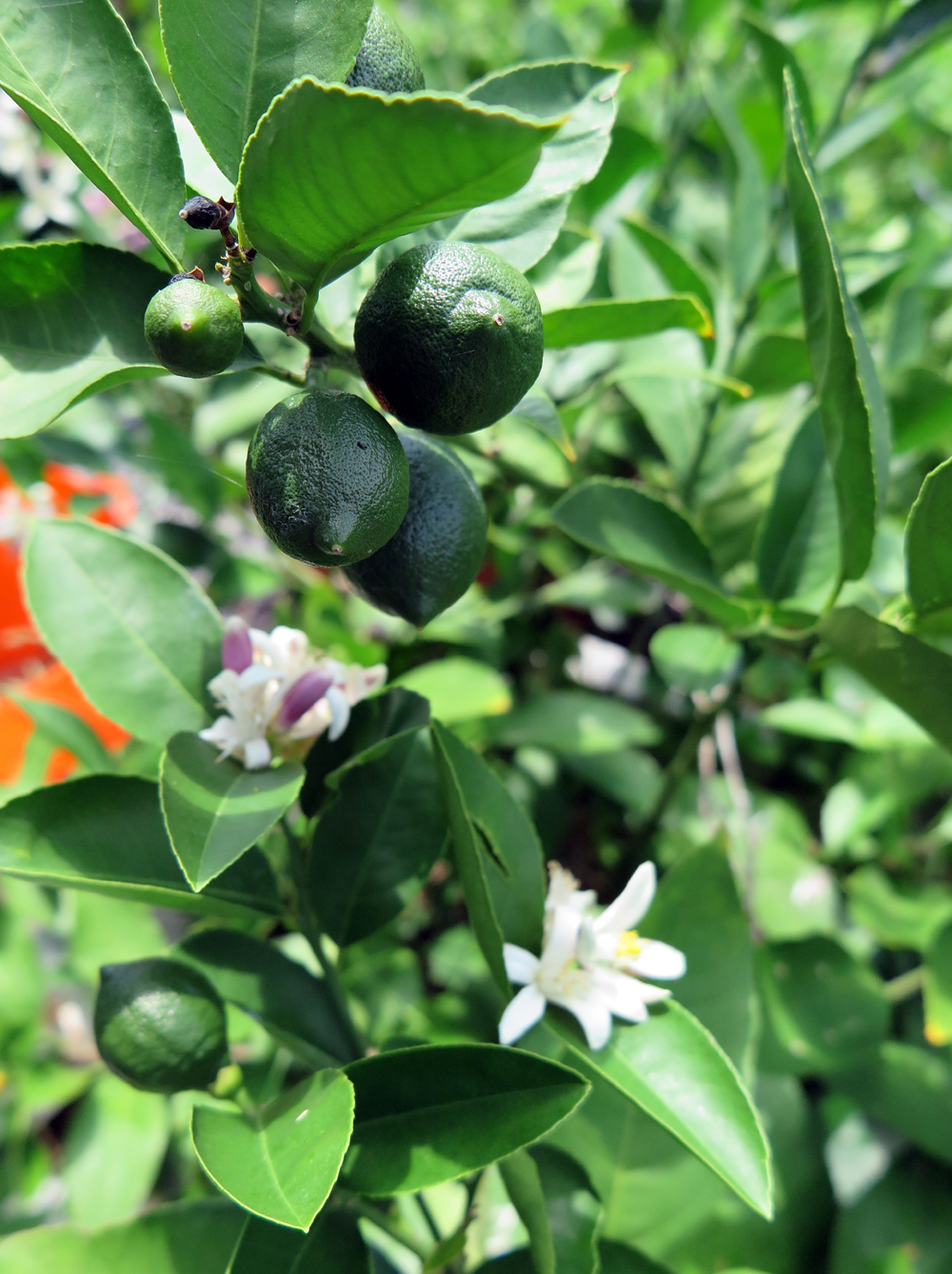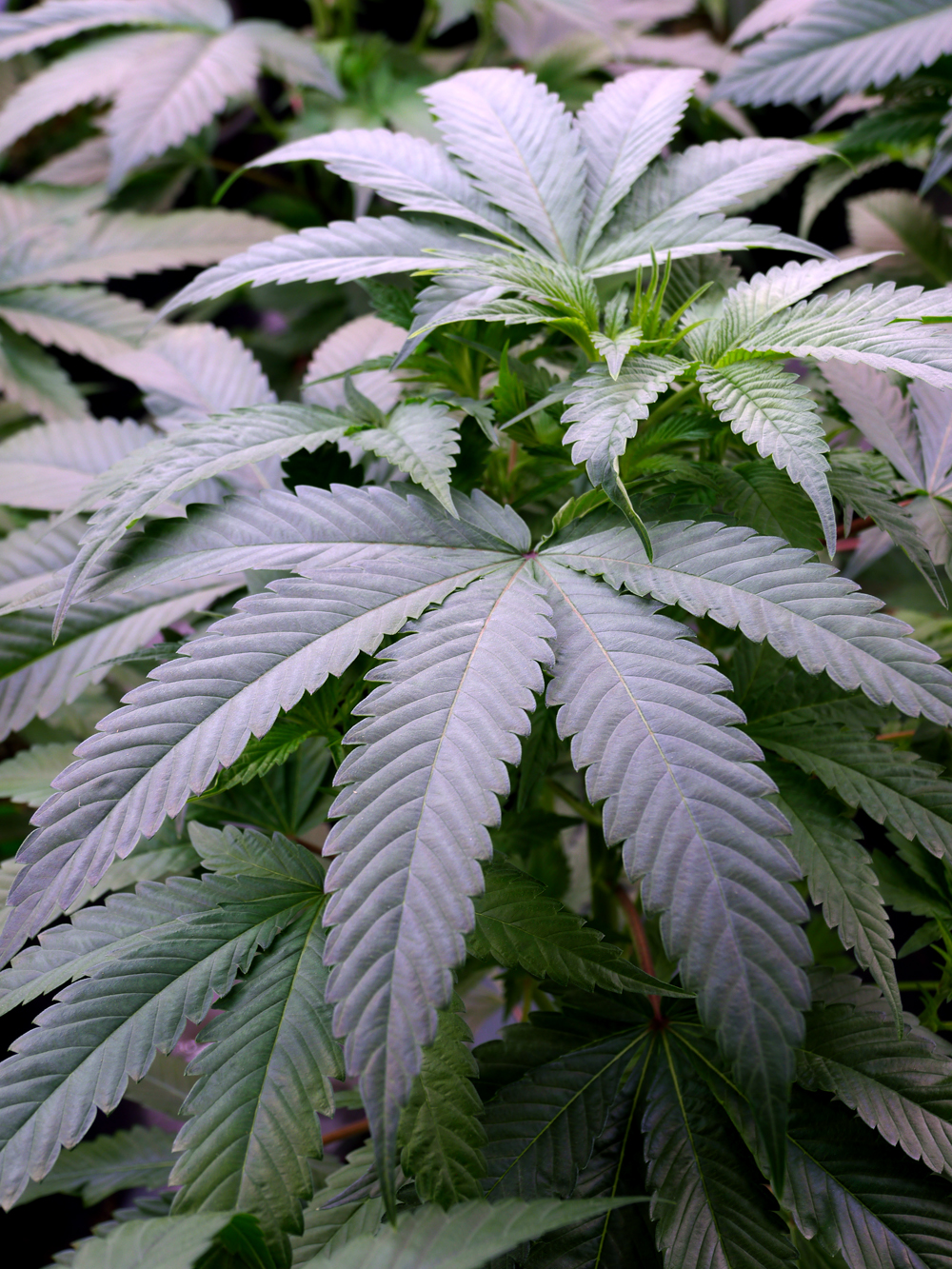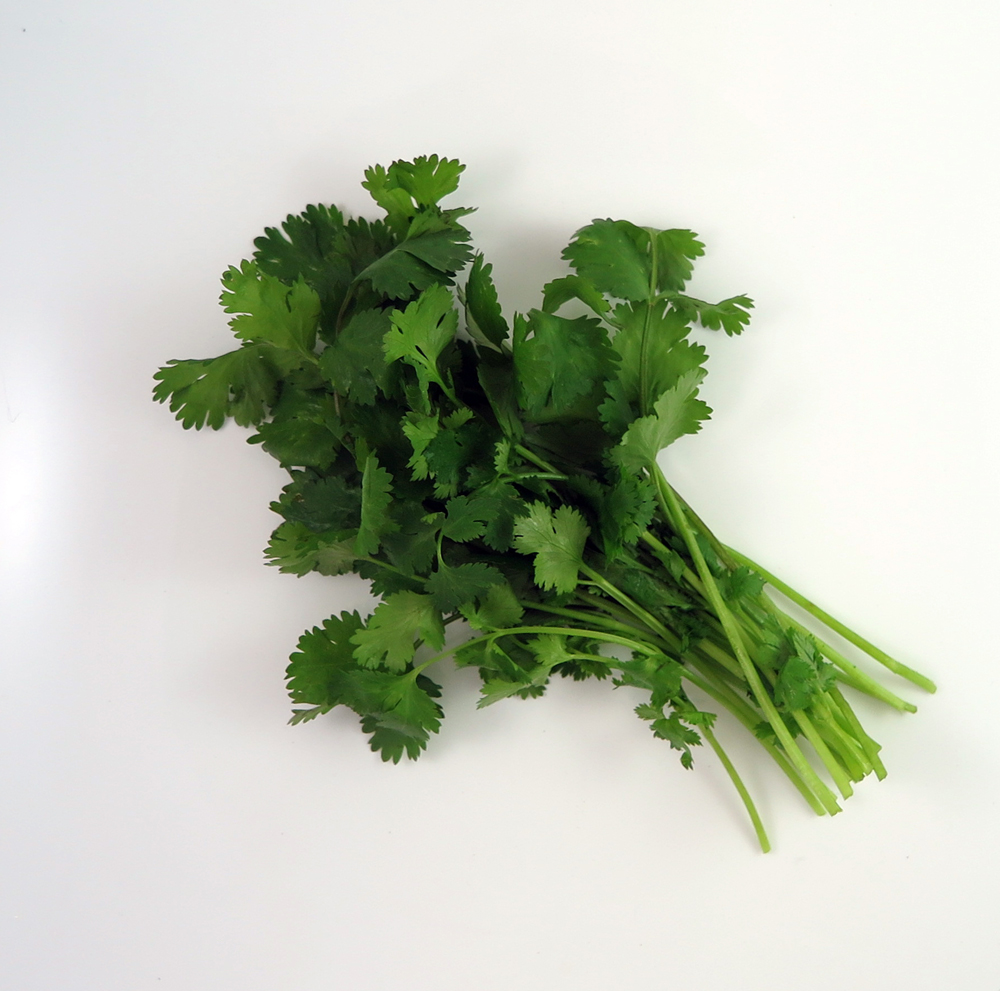Salvia benefits from Chilling
February 27, 2019
Some crops don’t require dormancy or vernalization, but will bloom better or produce better harvests after they have gone dormant or had a chilling period. Sedum and salvias, for example, don’t require cold to flower, but if they get a period of cold they will grow more vigorously and can bloom earlier or better.

PC: Ball Horticultural Company
Salvia ‘Blue Marvel’ sports more vigorous growth and blooms with some winter chilling.

